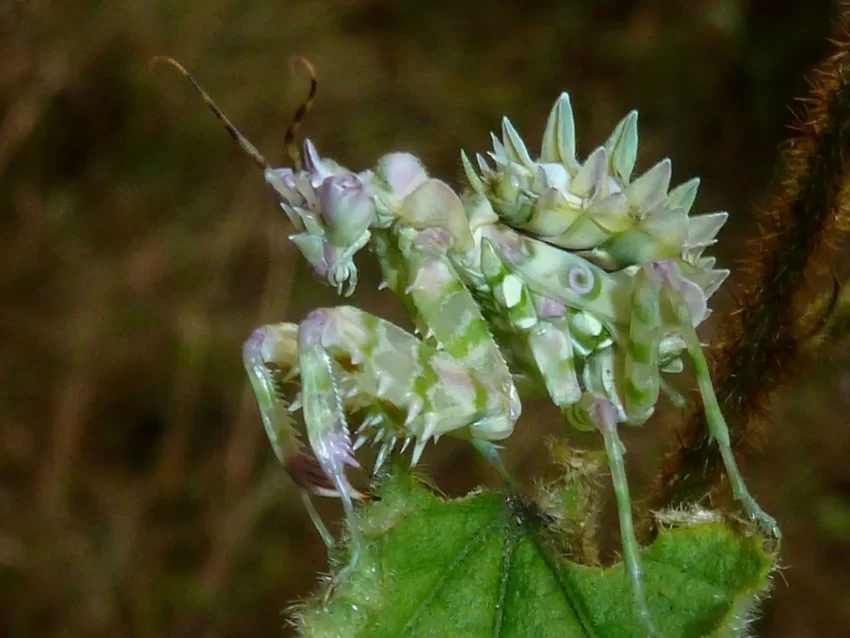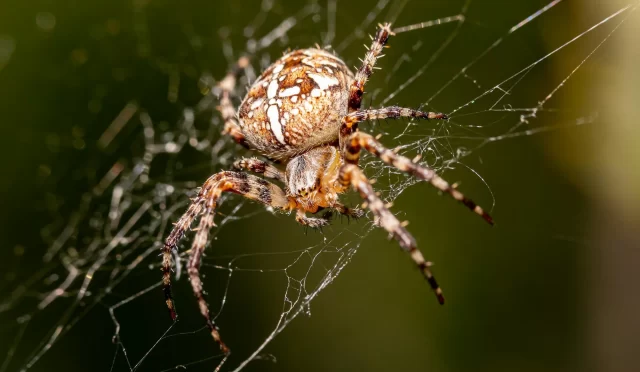Have you ever encountered a creature so astonishingly disguised in its surroundings that it seems like a mystical being from a fantasy realm? Enter the world of the Spiny Flower Mantis, a master of disguise and a fierce predator lurking in the wild. This remarkable insect is a true marvel of nature, blending seamlessly into its environment with unparalleled camouflage skills. Let’s delve into the intriguing world of the Spiny Flower Mantis and uncover the secrets of its survival tactics.
Physical Characteristics
The Spiny Flower Mantis, also known as Pseudocreobotra wahlbergii, is a fascinating insect renowned for its unique physical characteristics that aid in its survival in the wild. This remarkable creature showcases a striking resemblance to a flower, making it a master of disguise in its natural habitat. With its slender body and elongated limbs, the Spiny Flower Mantis can easily blend in among the foliage, waiting patiently for unsuspecting prey to come near.
One of the most distinctive features of the Spiny Flower Mantis is its spiky appearance, which serves as both a form of defense and a means of camouflage. These spines not only help the mantis blend in with thorny plants but also deter potential predators from attacking. Additionally, the vibrant colors and intricate patterns on its body further enhance its disguise, making it nearly indistinguishable from a real flower.
Furthermore, the Spiny Flower Mantis possesses large compound eyes that provide it with excellent visual acuity to detect movements and locate prey with precision. Its triangular head and rotatable neck allow for swift movements and accurate striking when hunting. This combination of physical attributes makes the Spiny Flower Mantis a formidable predator in its ecosystem.
Hunting Techniques
When it comes to hunting, the Spiny Flower Mantis is a master of deception and precision. This remarkable insect employs a variety of to capture its unsuspecting prey in the wild. One of its most fascinating strategies is its incredible camouflage. The Spiny Flower Mantis mimics the appearance of a thorny flower, blending seamlessly into its surroundings to ambush passing insects.
Additionally, the Spiny Flower Mantis is equipped with powerful forelegs that are adapted for grasping and holding onto its prey. These specialized limbs allow to swiftly snatch its victims with incredible speed and accuracy. Once the prey is within reach, the Spiny Flower Mantis strikes with lightning-fast precision, immobilizing its target in an instant.
Habitat and Distribution
The Spiny Flower Mantis, also known as Pseudocreobotra wahlbergii, is a fascinating insect species that can be found in various habitats across Africa. These remarkable creatures prefer warm and tropical environments, making them commonly sighted in regions such as South Africa, Zimbabwe, and Mozambique. Their natural habitats include grasslands, shrublands, and even gardens where they can easily camouflage themselves among flowers and vegetation.
When it comes to distribution, the Spiny Flower Mantis has managed to establish populations in different parts of the world due to its unique adaptability. While they are native to Africa, these insects have also been introduced to other continents like Europe and North America through the exotic pet trade.
Behavior and Reproduction
This unique insect, renowned for its remarkable camouflage and predatory prowess, showcases a fascinating array of traits that set it apart from its counterparts in the wild.
When it comes to behavior, the Spiny Flower Mantis exhibits a blend of stealth and agility that is truly awe-inspiring. With movements akin to a skilled dancer, it sways gently in the breeze, mimicking a delicate flower to deceive its unsuspecting prey. This master of disguise lures in insects with its alluring appearance, only to strike with lightning speed when the moment is right.
In terms of reproduction, the life cycle of the Spiny Flower Mantis is a testament to resilience and adaptation in the face of adversity. Females carefully select their mates, engaging in intricate courtship rituals that involve intricate displays of color and movement. Once fertilized, the female lays her eggs in a protective case, safeguarding the next generation from harm until they are ready to emerge into the world.
As the young mantises grow and mature, they undergo a series of molts, shedding their exoskeletons to accommodate their increasing size. This process, known as ecdysis, is a crucial stage in their development, allowing them to reach their full potential as formidable predators in the wild.






